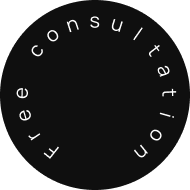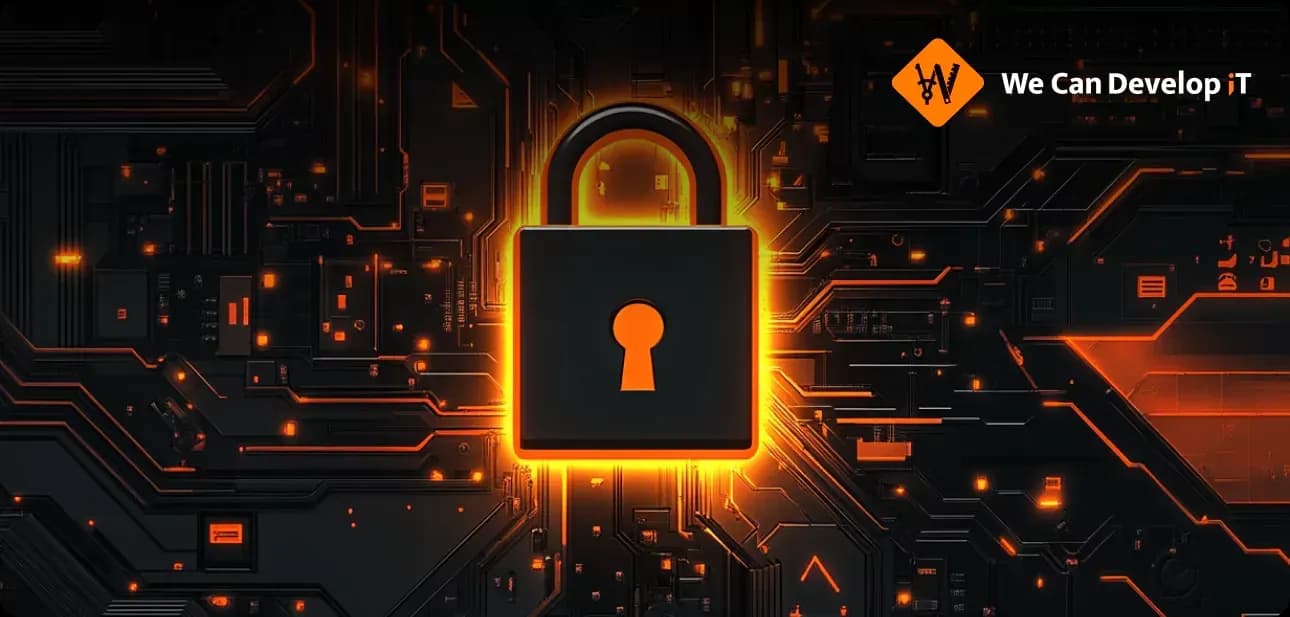Back
Updated at: October 11, 2025
Cybersecurity and Zero Trust Architecture: The New Operational Norm
Cyberattacks are becoming increasingly sophisticated and costly. In an environment where the boundaries of the corporate network are blurring, businesses are shifting from the traditional "trust but verify" approach to the Zero Trust model – "trust no one and nothing by default." This article explores the reasons for this transition, the essence of Zero Trust Architecture (ZTA), its key components, and examples of successful implementation.
Why the traditional security model no longer works
-
Outdated perimeters: employees now work from home, in the cloud, and on personal devices.
-
Increase in phishing, ransomware, and supply chain compromise attacks.
-
The average cost of a data breach in 2023 exceeded $4.45 million (IBM report).
-
Growing regulatory pressure: NIS2, DORA, GDPR, SEC, and others.
"No one deserves automatic trust – neither inside the network nor outside it." – John Kindervag, founder of the Zero Trust concept
Zero Trust: Basic Principles
Zero Trust Architecture is built on three foundational pillars:
-
Verify explicitly – validate identity, device, and context for every access attempt.
-
Use least-privilege access – only grant the minimum permissions necessary.
-
Assume breach – always act as if a threat is already inside the environment.
Key Components of Zero Trust Architecture
-
Identity and Access Management (IAM)
-
Multi-Factor Authentication (MFA)
-
Network segmentation and microsegmentation
-
Security Information and Event Management (SIEM)
-
Endpoint Detection and Response (EDR/XDR)
-
Continuous monitoring and analytics
Comparison: Traditional Security Model vs. Zero Trust Architecture
|
Criterion |
Traditional Security Model |
Zero Trust Architecture |
|
Core Principle |
Trust inside the perimeter |
Every request must be verified |
|
Security Boundary |
Network perimeter (firewalls, VPN) |
User, device, and session-based security boundaries |
|
Access Model |
Long-term static privileges |
Just-In-Time and Least Privilege Access |
|
Device Control |
One-time check at connection |
Continuous device posture evaluation |
|
Authentication |
Single login |
Context-aware Multi-Factor Authentication |
|
Network Segmentation |
VLANs, DMZs |
Microsegmentation at application and process levels |
|
Monitoring & Response |
Reactive, manual |
Real-time analytics, automated incident response (UEBA, SOAR) |
|
Infrastructure Orientation |
Centralized, static |
Distributed: supports cloud, hybrid, edge environments |
|
Policy Management |
Manual updates |
Automated and context-aware policy enforcement |
|
Risk Management |
Post-incident |
Proactive and adaptive — based on assumed breach |
|
Compliance & Standards |
Siloed and fragmented |
Integrated: GDPR, ISO, NIST, SOC 2, DORA, ESG |
How to Implement Zero Trust: Technical Aspects and Development Nuances
Zero Trust is not a single product but a strategic security architecture that touches every layer of IT: identity, network, applications, and data. Implementation requires a comprehensive and systematic approach.
1. Identity and Access Management (IAM)
-
Implement SSO + MFA via tools like Okta, Azure AD, or Keycloak
-
Support RBAC/ABAC models for role and attribute-based access control
-
Enforce Just-In-Time access and eliminate standing privileges (ZSP) Case study: An insurance company reduced access-related incidents by 70% by introducing Azure AD Conditional Access
2. Network Segmentation and Isolation
-
Define virtual network zones using VLANs, VPCs
-
Use application-level microsegmentation (e.g., Istio, Linkerd)
-
Enforce access through reverse proxies or Software-Defined Perimeters (SDP) Technical note: In Kubernetes, policies should be defined via NetworkPolicy or Cilium
3. Endpoint and Device Security
-
Deploy EDR/XDR tools like CrowdStrike, Microsoft Defender ATP
-
Verify device health: encryption, antivirus, patches
-
Manage mobile devices via MDM/UEM platforms
4. Threat Detection and Incident Response
-
Centralize logs and events in SIEM/SOAR platforms (e.g., Elastic, Splunk, Sentinel)
-
Enable User and Entity Behavior Analytics (UEBA)
-
Automate responses: block IPs, reset sessions, alert teams
5. Secure Development and DevSecOps
-
Integrate vulnerability scanners into the CI/CD pipeline (e.g., Snyk, SonarQube)
-
Enforce Infrastructure-as-Code with security policies (Terraform + Sentinel/OPA)
-
Analyze dependencies via SBOM and CVE scanning
Real-World Examples of Zero Trust in Action
-
Google BeyondCorp – a pioneer of Zero Trust, enabling access based on policies rather than location
-
Microsoft Zero Trust Journey – a blueprint for secure transformation across identity, endpoints, and workloads
-
CrowdStrike + Okta + Zscaler – a powerful tech trio for identity, endpoint, and secure traffic control
Conclusion: Cybersecurity Is a Continuous Journey
Zero Trust is not a product – it’s a mindset. It requires technical maturity, organizational change, and strategic investment. In a world of continuous threats and rising compliance requirements, it’s no longer a luxury – it’s a business necessity.
At We Can Develop IT, we specialize in designing and implementing Zero Trust solutions – from identity management to monitoring infrastructure. Whether you're building from scratch or modernizing your existing systems, we’ll help you create a secure, scalable, and compliant architecture ready for tomorrow’s threats.
Summary:
Cyberattacks are increasingly sophisticated and costly, prompting businesses to shift from traditional security models to a Zero Trust Architecture (ZTA). This approach operates on the principle of "trust no one and nothing by default," reflecting the changing nature of corporate networks where boundaries are less defined due to remote work and cloud services. The traditional security model is inadequate, facing challenges such as rising instances of phishing, ransomware, and supply chain attacks, alongside increasing regulatory pressures. ZTA emphasizes three core principles: explicit verification of identity and context, least-privilege access, and the assumption that breaches may already exist within the network. Key components of ZTA include Identity and Access Management, Multi-Factor Authentication, network segmentation, and continuous monitoring. Implementing ZTA involves a strategic approach across various IT layers, requiring tools for identity verification, network isolation, endpoint security, and threat detection. Real-world applications of Zero Trust include initiatives by companies like Google and Microsoft, which serve as blueprints for secure transformations. The transition to a Zero Trust model necessitates not only technological advancements but also organizational changes and a commitment to ongoing investment in security. In the current landscape of continuous cybersecurity threats, adopting a Zero Trust framework is essential for maintaining compliance and ensuring business resilience. Organizations seeking to enhance their security posture are encouraged to explore tailored Zero Trust solutions that align with their specific needs.
Read also:
Cybersecurity
ZeroTrust
ZeroTrustArchitecture
Infosec
NetworkSecurity
DataProtection
TrustNoOne
CyberDefense
ZTNA
ITSecurity
DigitalSecurity
AccessControl
IdentityVerification
SecurityArchitecture
CyberResilience
FutureOfSecurity
CyberRisk
SecurityStrategy
SecurityFramework
Cyberthreats





